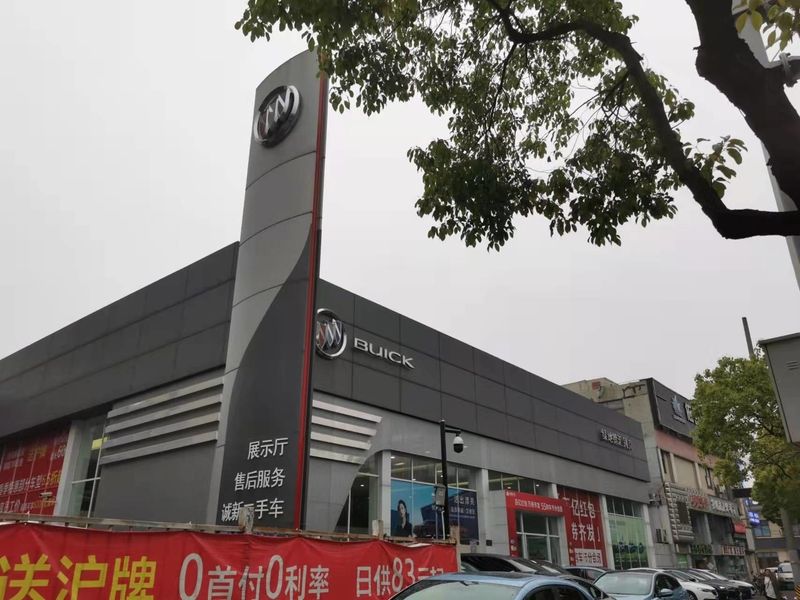
SHANGHAI – The month ahead of the Chinese lunar New Year Holiday is often a peak period for new car sales. The 2022 holiday begins on Feb. 1 but the bump didn’t materialize in January.
Retail sales of sedans, crossovers, SUVs and multi-purpose vehicles in China are forecast to come in at 2.05 million this month, a 6.2 percent drop from a year earlier, the China Passenger Vehicle Association said this week.
The trade group blames the latest dip, after a 4.5 percent rebound in December volume, on China’s toughening measures to curb sporadic coronavirus outbreaks in several major cities.
Inventories also remain constrained as a result of tight microchip stockpiles and other supply-chain bottlenecks.
On January 9, Tianjin became the third major city to adopt partial lockdowns, following Xi’an and central Zhengzhou, after omicron, a highly transmissible strain of the coronavirus, was detected in local communities.
The three cities each have a population of more than 10 million.
To prevent the spread of the virus, China has implemented the strictest travel rules since the viral outbreak in Wuhan in early 2020.
Under the rules, residents and visitors traveling from a city with local infections, regardless of the number of infections, must provide a negative nucleic acid test results within 48 hours before departure.
Travelers are also required to take another nucleic acid test within 24 hours upon arrival at a new destination.